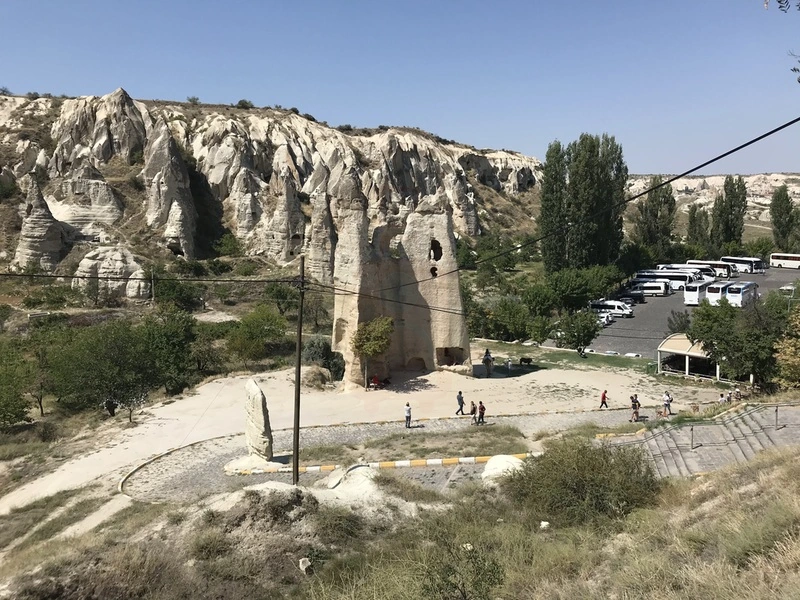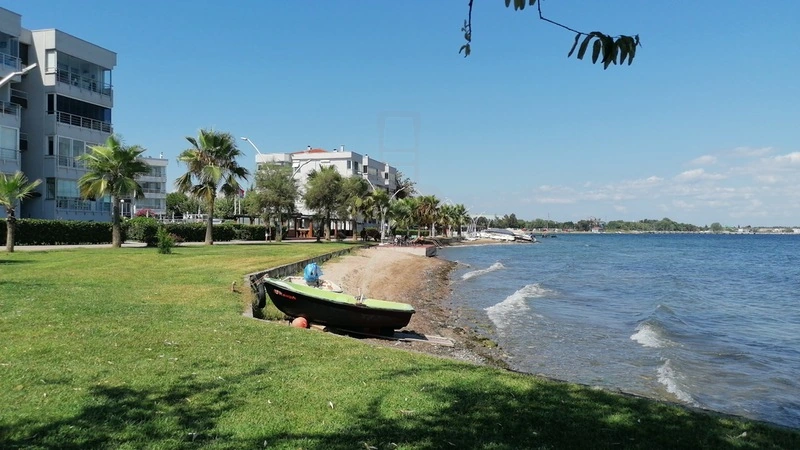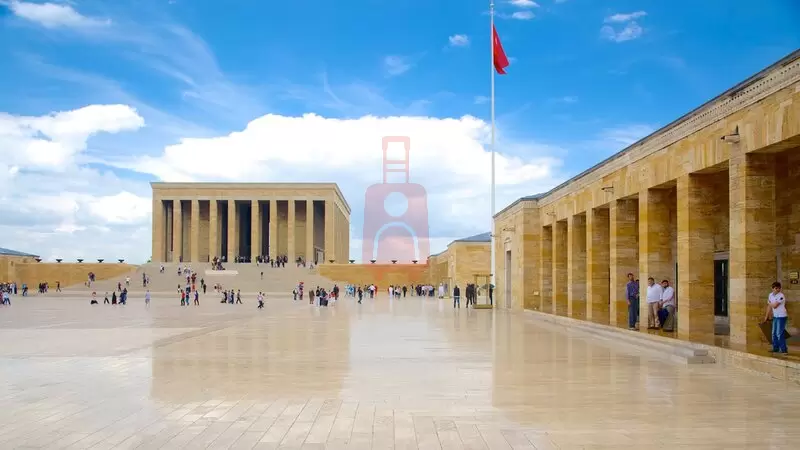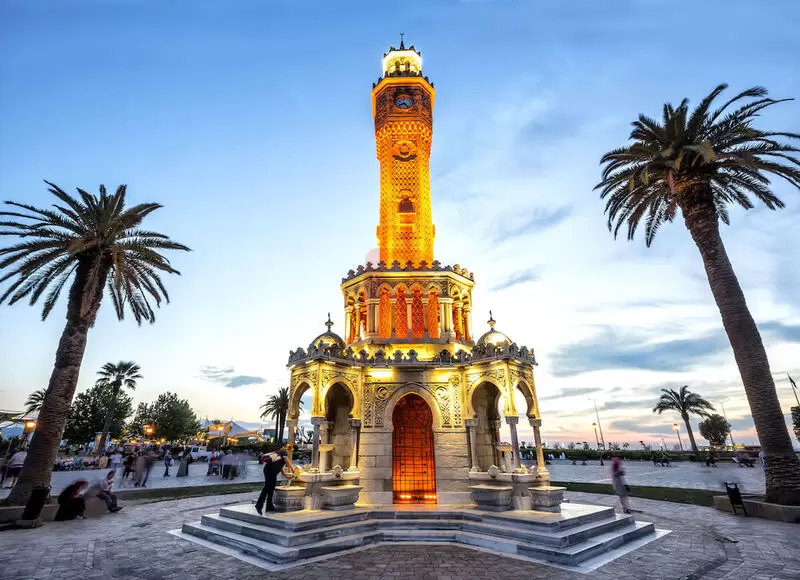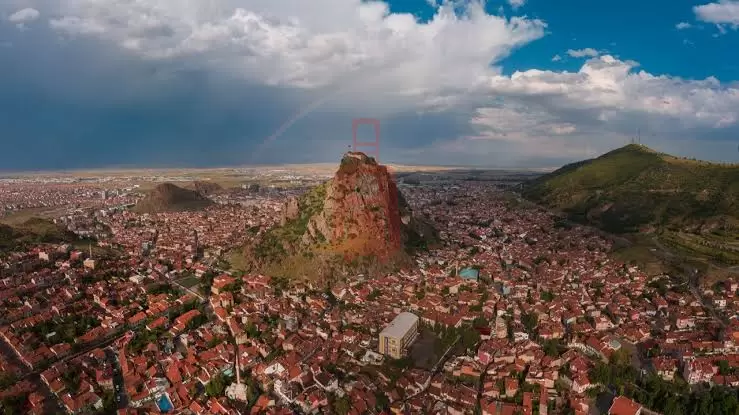
Afyonkarahisar, located in western Turkey, is a city steeped in history and natural beauty, making it an ideal destination for day trips. Here are some exciting ideas for exploring the region and experiencing its unique attractions.
One of the must-visit spots in Afyonkarahisar is Afyon Castle, which dominates the city skyline. This ancient fortress, perched on a volcanic rock, offers breathtaking panoramic views of the city and the surrounding landscape. The castle dates back to the Roman era and has been a significant historical site throughout the centuries. Visitors can explore the castle’s walls and towers, experiencing the rich history while enjoying the stunning vistas. The best time to visit is early in the morning or late in the afternoon when the light casts a beautiful glow over the area.
After exploring the castle, head to the ancient city of Apamea, located just a short drive from Afyonkarahisar. This archaeological site is known for its well-preserved ruins, including a grand colonnaded street, Roman baths, and ancient temples. Walking through the ruins allows visitors to imagine life during the Roman Empire and appreciate the city’s historical significance. The site is relatively quiet, offering a peaceful atmosphere for exploration.
For those seeking relaxation, Afyonkarahisar is famous for its thermal springs. A visit to one of the local thermal spas can provide a rejuvenating experience. The thermal waters are known for their therapeutic properties, making them popular among locals and visitors alike. Many spas offer a range of services, including mud baths, massages, and outdoor pools. Spending a few hours in these healing waters is the perfect way to unwind after a day of sightseeing.
Another cultural highlight of the region is the Afyonkarahisar Archaeological Museum. This museum houses a remarkable collection of artifacts from various periods, including the Hittites, Phrygians, and Byzantines. Visitors can gain insights into the area’s rich history through the exhibits, which include pottery, sculptures, and ancient tools. The museum is a great place to deepen your understanding of the region’s historical significance.
No trip to Afyonkarahisar would be complete without indulging in the local cuisine. The city is famous for its sucuk, a flavorful Turkish sausage, and kaymak, a rich clotted cream. Be sure to visit local restaurants or cafes to sample these delicacies, either as part of a traditional breakfast or as a delicious snack. The combination of sucuk and kaymak on warm bread is a must-try for any food lover.
For nature enthusiasts, the surrounding region offers beautiful landscapes and outdoor activities. The nearby Phrygian Valley, known for its unique rock formations and ancient dwellings, is perfect for hiking and exploring. Visitors can hike along the trails, discovering hidden caves and historical sites along the way. The area is rich in natural beauty, making it a great spot for photography and enjoying the outdoors.
In summary, Afyonkarahisar is a treasure trove of history, culture, and natural beauty, offering a variety of day trip options for travelers. From exploring ancient ruins and relaxing in thermal springs to sampling delicious local cuisine, visitors are sure to have an unforgettable experience. Whether you are a history buff, a nature lover, or simply looking to relax, Afyonkarahisar has something for everyone, making it an ideal destination for a day trip.






